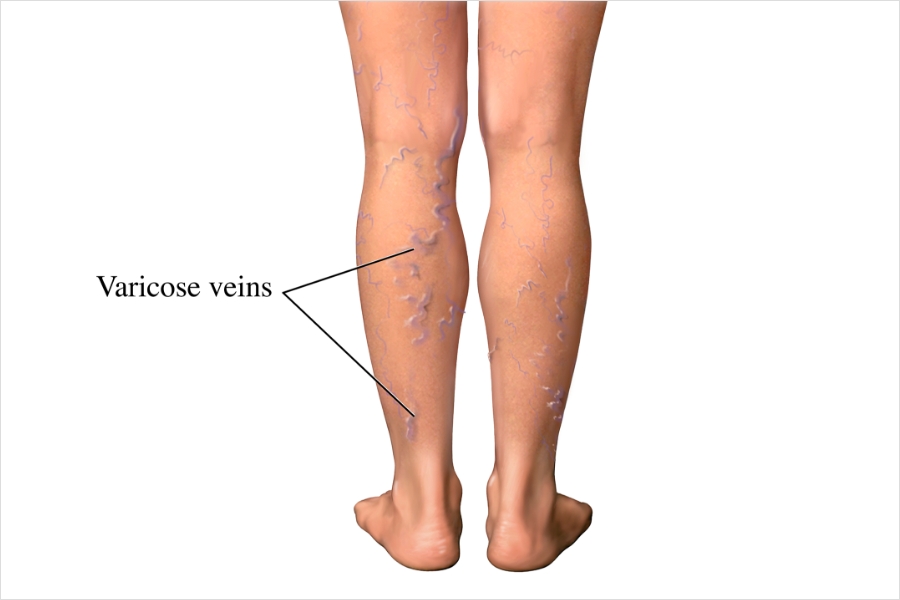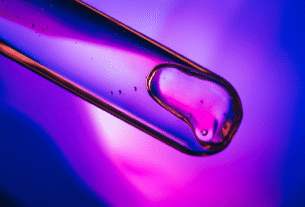Varicose veins are a common condition that affects millions of people worldwide. These swollen, twisted veins, often visible under the skin, typically occur in the legs and can cause discomfort, pain, and cosmetic concerns. While varicose veins are not always serious, they can lead to complications if left untreated. Effective varicose vein treatment in Houston can alleviate symptoms, improve appearance, and prevent further issues. This article provides a detailed guide to understanding varicose veins, their causes, symptoms, and the best treatment options available.
What Are Varicose Veins?
Varicose veins are enlarged, twisted veins that often appear blue or purple. They occur when the valves in the veins, which help blood flow toward the heart, become weak or damaged. This causes blood to pool in the veins, leading to swelling and bulging. Varicose veins are most common in the legs due to the pressure exerted by standing and walking.
Causes and Risk Factors
Several factors contribute to the development of varicose veins:
- Genetics: A family history of varicose veins increases the risk.
- Age: The risk increases as veins lose elasticity over time.
- Gender: Women are more likely to develop varicose veins due to hormonal changes.
- Pregnancy: Increased blood volume and pressure on the veins during pregnancy can lead to varicose veins.
- Obesity: Excess weight puts additional pressure on the veins.
- Prolonged Standing or Sitting: Jobs or activities that involve long periods of standing or sitting can increase the risk.
Symptoms of Varicose Veins
The symptoms of varicose veins can vary in severity and may include:
- Swollen, twisted veins visible under the skin
- Aching, heaviness, or cramping in the legs
- Itching or burning around the veins
- Swelling in the lower legs or ankles
- Skin discoloration or ulcers in severe cases
If you experience these symptoms, it’s important to seek medical advice for proper diagnosis and varicose vein treatment.
Complications of Untreated Varicose Veins
While varicose veins are often considered a cosmetic issue, they can lead to complications if left untreated. These include:
- Venous Ulcers: Painful sores that develop near varicose veins.
- Bleeding: The veins near the skin’s surface can burst and bleed.
- Deep Vein Thrombosis (DVT): A blood clot in a deep vein, which can be life-threatening.
Effective Varicose Vein Treatment Options
The goal of varicose vein treatment is to relieve symptoms, improve appearance, and prevent complications. Treatment options depend on the severity of the condition and the patient’s overall health. Here are the most effective approaches:
- Lifestyle Changes
For mild cases, lifestyle modifications can help manage symptoms and prevent worsening:
- Exercise: Regular physical activity improves circulation and strengthens leg muscles.
- Weight Management: Maintaining a healthy weight reduces pressure on the veins.
- Elevation: Elevating the legs above heart level can reduce swelling and improve blood flow.
- Compression Stockings: These specially designed stockings apply pressure to the legs, helping veins and muscles move blood more efficiently.
- Minimally Invasive Procedures
For more severe cases, minimally invasive procedures are often recommended. These treatments are typically performed on an outpatient basis and have shorter recovery times compared to surgery.
- Sclerotherapy
- A solution is injected into the affected veins, causing them to collapse and fade over time. This is effective for smaller varicose veins and spider veins.
- Endovenous Laser Treatment (EVLT)
- A laser fiber is inserted into the vein, delivering heat that causes the vein to close. This procedure is effective for larger varicose veins.
- Radiofrequency Ablation (RFA)
- Similar to EVLT, RFA uses radiofrequency energy to heat and close the affected vein.
- Microphlebectomy
- Small incisions are made to remove the affected veins. This is often used in conjunction with other treatments.
- Surgical Treatments
Surgery is typically reserved for severe cases or when other treatments are ineffective. Common surgical options include:
- Vein Stripping and Ligation: The affected vein is tied off and removed through small incisions.
- Ambulatory Phlebectomy: Smaller varicose veins are removed through tiny punctures in the skin.
Recovery and Aftercare
Recovery from varicose vein treatment depends on the type of procedure performed. Minimally invasive treatments typically involve:
- Minimal downtime
- Wearing compression stockings for a specified period
- Avoiding strenuous activities for a few days
For surgical treatments, recovery may take longer, and patients may need to follow specific aftercare instructions to ensure proper healing.
Preventing Varicose Veins
While not all varicose veins can be prevented, certain measures can reduce the risk:
- Stay Active: Regular exercise improves circulation and strengthens leg muscles.
- Maintain a Healthy Weight: Excess weight puts additional pressure on the veins.
- Avoid Prolonged Standing or Sitting: Take breaks to move around and stretch.
- Elevate Your Legs: Elevating the legs can reduce pressure and improve blood flow.
- Wear Compression Stockings: These can help prevent varicose veins in high-risk individuals.
When to See a Doctor
If you notice symptoms of varicose veins or experience complications such as pain, swelling, or skin changes, consult a healthcare provider. Early diagnosis and treatment can prevent complications and improve outcomes. Additionally, seek medical attention if:
- The veins become red, warm, or tender
- You develop sores or ulcers near the veins
- You experience sudden swelling or pain in the legs
Conclusion
Varicose veins are a common condition that can cause discomfort and cosmetic concerns. However, with effective varicose vein treatment, it is possible to alleviate symptoms, improve appearance, and prevent complications. From lifestyle changes and minimally invasive procedures to surgical options, there are numerous ways to address this condition. If you suspect you have varicose veins, don’t hesitate to seek professional help. Early intervention and a personalized treatment plan can help you regain comfort and confidence. By taking proactive steps to improve circulation and protect your veins, you can maintain healthy legs and an active lifestyle.




